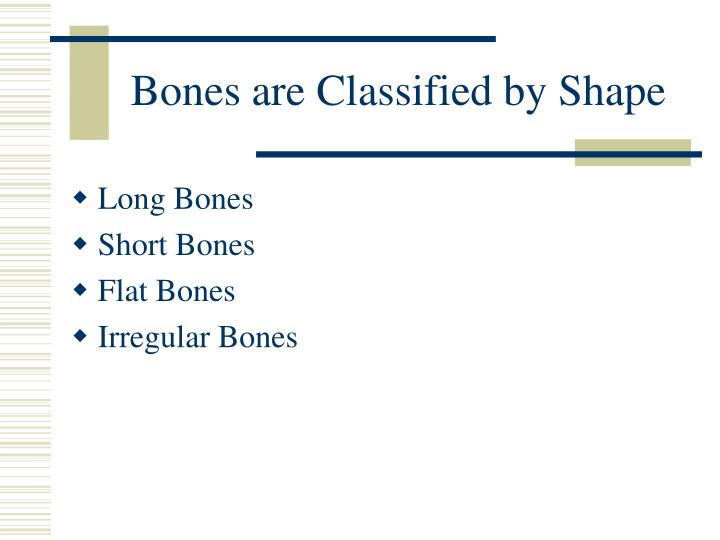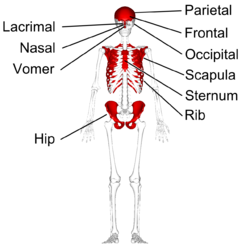
Firstly, with a straight leg, rotate it to point the toes inward. To understand this, we have two scenarios to imagine. It is sometimes referred to as internal rotation. Medial rotation is a rotational movement towards the midline.

Medial and lateral rotation describe movement of the limbs around their long axis: Therefore, abducting the fingers spreads them out. In fingers and toes, the midline used is not the midline of the body, but of the hand and foot respectively. Adduction of the hip squeezes the legs together. For example, abduction of the shoulder raises the arms out to the sides of the body.Īdduction is a movement towards the midline. Abduction and AdductionĪbduction and adduction are two terms that are used to describe movements towards or away from the midline of the body.Ībduction is a movement away from the midline - just as abducting someone is to take them away.

Extension of the knee straightens the lower limb. Extension at the elbow is increasing the angle between the ulna and the humerus. When the knee flexes, the ankle moves closer to the buttock, and the angle between the femur and tibia gets smaller.Įxtension refers to a movement that increases the angle between two body parts. Flexion at the elbow is decreasing the angle between the ulna and the humerus. They refer to increasing and decreasing the angle between two body parts:įlexion refers to a movement that decreases the angle between two body parts. Flexion and Extensionįlexion and extension are movements that occur in the sagittal plane. We have described the terms in antagonistic pairs for ease of understanding. Most movements have an opposite movement - also known as an antagonistic movement. The terms used assume that the body begins in the anatomical position. Muscles contract to produce movement at joints, and the subsequent movements can be precisely described using this terminology. Anatomical terms of movement are used to describe the actions of muscles upon the skeleton.


 0 kommentar(er)
0 kommentar(er)
